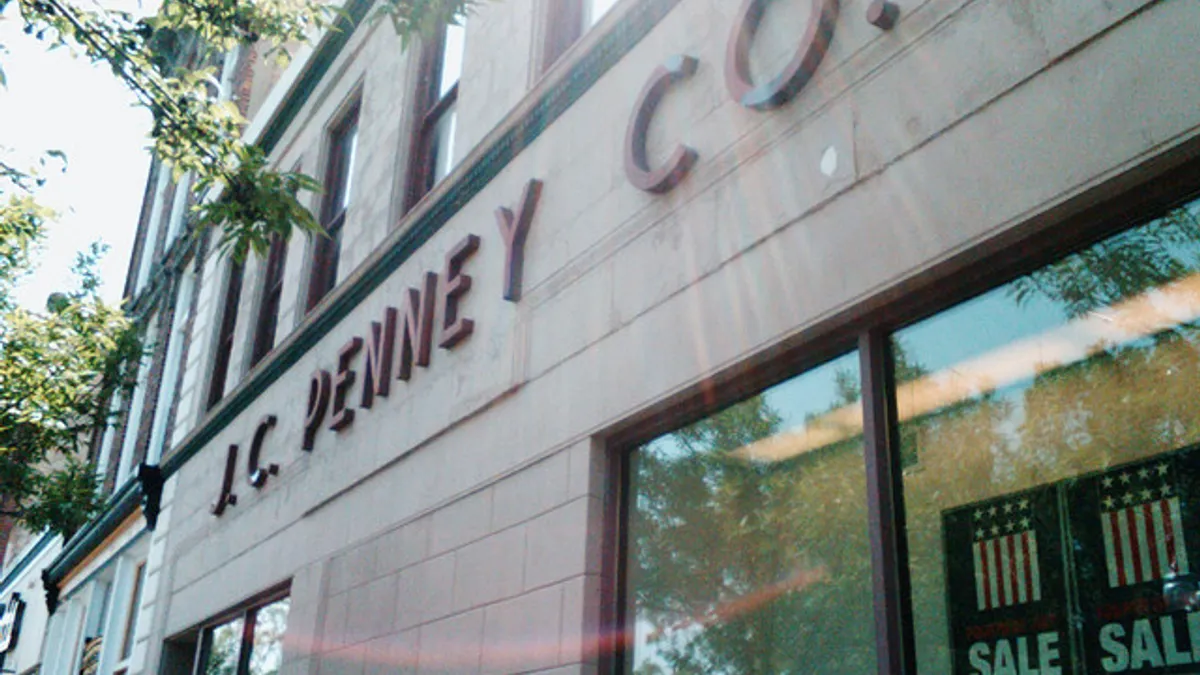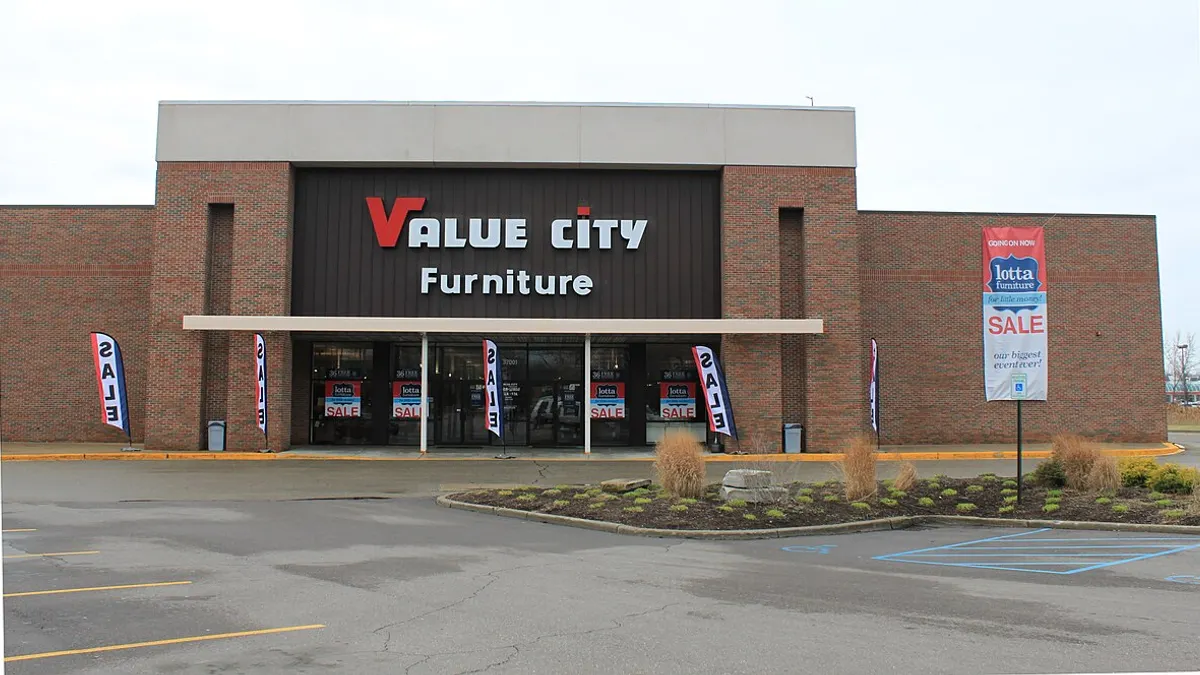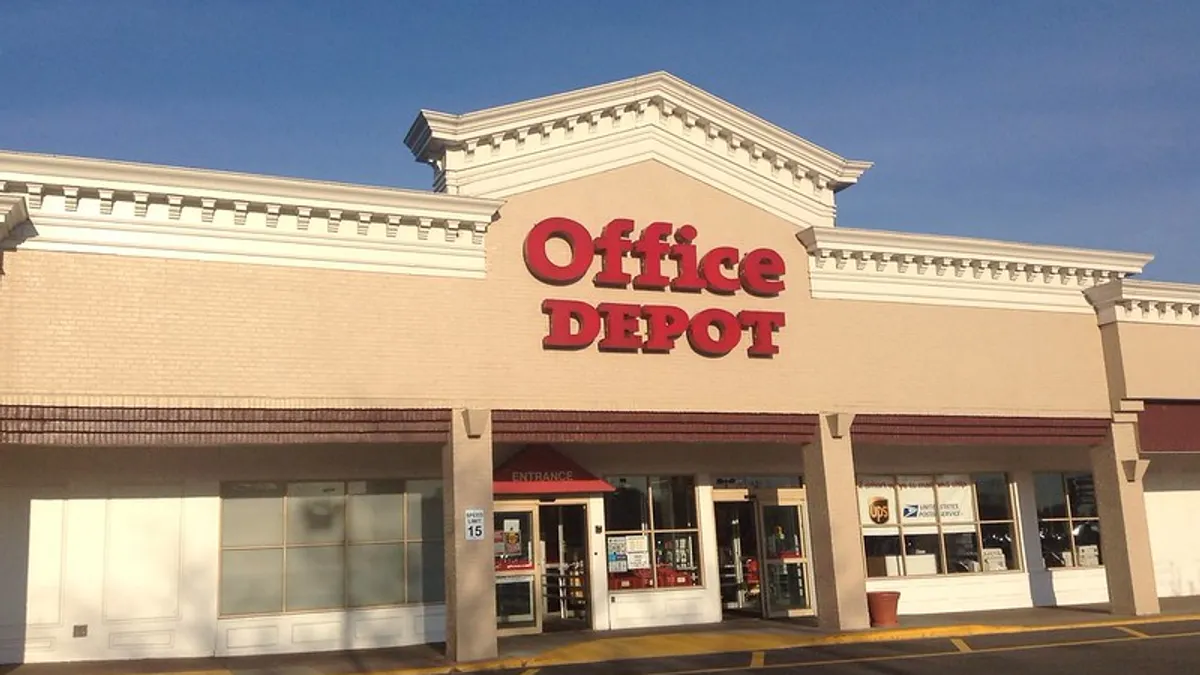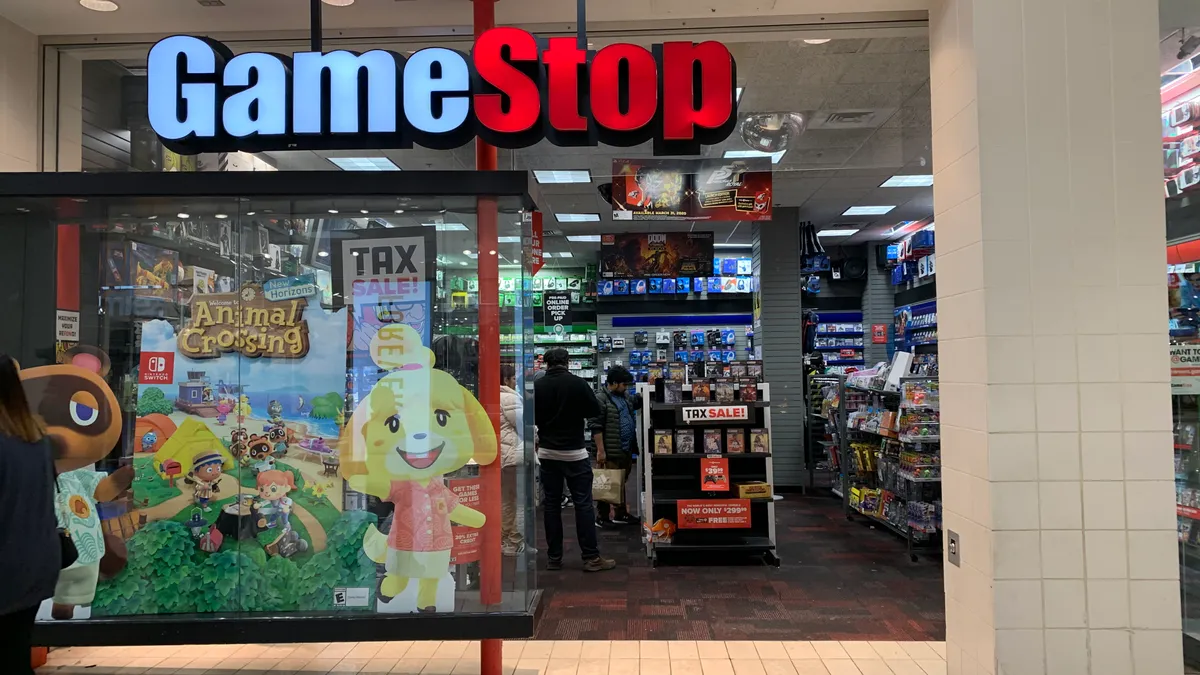J.C. Penney executives used some variant of the word "focus" 22 times on the retailer's quarterly conference call with analysts in August.
It was a favored word especially of CEO Jill Soltau, who spoke of the company's "critical focus on generating cash flow," its "deliberate focus on restoring the discipline" and "developing a results minded culture focused on accountability," as well as "our continued focus on transforming the customer experience" and "relentless focus aimed to reconnect with our customers on their terms."
It didn't end there. Soltau's team is also "focus[ed] on returning to growth in e-commerce" while remaining "focused on improving our shrink results" and "focused on reviewing all areas of marketing and media strategy" and "focused on further defining, expanding, and improving our brand positions." It went on, but you get the idea.
The thing about focus is that, by definition, it can only be applied to so many areas at once. But who can blame Soltau? The company she leads has numerous issues that badly need her team's attention, and right now.
The department store retailer is still losing customers, sales and money as Soltau tries to pull off a lasting turnaround. The CEO has built out a team of new executives this year and has an eye both on finances and the need to invigorate the retailer's stores and offering.
The stakes are as high as they've ever been. Penney's bonds are rated as junk, its shares are traded at penny stock levels and, after news broke that it was working with financial advisors, the company had to tell a jittery world that it was specifically not working on a Chapter 11 filing.
Penney must prove to stakeholders that it is a viable enterprise over the long run. But amid steep challenges, Soltau is aiming for much more — to "reposition J.C. Penney to its rightful place in the retail landscape." The question on a lot of minds is: Can that even be done?
"Long-run prospects I just don't think are that great," GlobalData Retail Managing Director Neil Saunders said in an interview. "It's a very unfortunate thing to say when you have people working very hard to save it, and you have a new CEO who's very committed, and they are making the right moves. The difficulty is one of time."
Losing customers
Soltau, who came to Penney from crafts retailer Joann, accepted a tough job when she joined the department store chain last year following the abrupt departure of Marvin Ellison. In Penney, she took over a retailer whose top-line sales have declined for three years running and hasn't made positive net income since 2010. Even the mass closures of rivals Sears and Bon-Ton haven't much helped the retailer; if anything, the shutterings may have hurt the malls Penney's business is tied to.
A string of sales declines since Soltau took over show just how far the retailer has to go in its turnaround. S&P Global downgraded Penney in March following its fourth quarter earnings and then again after significant sales declines in Q2 and with economic troubles on the horizon. Adding to the trouble, Moody's downgraded Penney following (an also bad) Q1, and Fitch has added Penney to its "Loans of Concern" list.
The company's financials don't tell the full story of Penney's troubles. Data from Earnest Research provided to Retail Dive shows that Penney has lost market share in brick and mortar to off-price players over the past three years. Against a selection of competitors (T.J. Maxx and Marshalls of TJX Cos., Kohl's, Burlington and Ross Stores), Penney's share slipped 3.7% in that time. TJX's increased by more than 4% and Ross increased nearly 1%. Penney's online market share has also slipped, by about 10%, in that time.
In the past two years, the share of customers of TJX, Ross Stores, Kohl's and Burlington that also shopped at J.C. Penney has declined across the board, according to Earnest Research. (At Kohl's, the share of customers also shopping at Penney dropped by more than 4%, and at TJX's Marmaxx unit the decline was nearly 4%.) At the same time, more Penney shoppers have been shopping at those other banners.
The retailer's customer retention has also deteriorated, from 15% in Q4 2014 to 9% in last year's Q4.
A 'sea of merchandise'
To Saunders, the source of much of Penney's troubles rests with its stores. "When you walk in, you will really be greeted by a sea of merchandise," he said. "There is an enormous amount of product, especially in apparel. And I think that's very off-putting for the customer."
He adds: "This is not a sort of environment that's crowded with exciting and interesting stuff. It all looks very bland, very mundane. And you actually have to do a lot of work as the consumer to find what you're looking for."
Not only do customers have to work to find things they want, the lighting is poor and displays are lackluster, in Saunders' view. "There's this very sort of oppressive energy in a lot of JCP stores," he said.
The merchandise piles also historically have forced the retailer into a discounting trap that Soltau's team is trying to break. In an attempt to reverse the cycle, Penney reduced its inventory by 12.5% in Q2 as it seeks to grow "in a sustainable and profitable manner," the CEO said. That means, in the best case, a pullback on discounting and improved profits.
As Debtwire retail analyst Philip Emma explains, one of the linchpins of Penney's new strategy seems to be selling less stuff (for now) but at higher margins. "You can walk into a J.C. Penney store and find really good bargains, but are those bargains profitable from the company's perspective?" Emma said in an interview. "One of the merchandising questions they have is, how much of the sales were from people who were simply cherry picking deeply discounted items that effectively were being cleared?"
He added, "Sometimes it's OK to trade unprofitable sales for more-profitable sales." Indeed, the retailer's merchandise gross profit margin increased by 310 basis points, to 36.8%, as Emma noted in a September report. The balancing act there, as he points out, is that Penney doesn't want to lose a sale because of out-of-stocks.
Jill Soltau's 2019 J.C. Penney exec hires
| Name | Role | Prior company |
|---|---|---|
| Truett Horne | chief transformation officer | McKinsey & Company |
| Michelle Wlazlo | chief merchant | Target |
| John Welling | SVP, planning and allocation | The Michaels Companies |
| Mark Stinde | SVP, asset protection | 7-Eleven |
| Bill Wafford | CFO | The Vitamin Shoppe |
| Steve Whaley | SVP, principal accounting officer and controller | Walmart |
| Laurene Gandolfo | SVP, home product design and development | Macy's |
| Shawn Gensch | chief customer officer | Sprouts Farmers Market |
| Victor Ejarque Lopez | SVP, GMM women's apparel | Guess |
| Jim DePaul | EVP, stores | Shopko |
| Stacey Shively | SVP, GMM home | Bluestem Brands |
| Colin Dougherty | SVP, finance | Storch Advisors |
Source: J.C. Penney press releases
But Penney's inventory reduction so far "still isn't noticeable on most shop floors — J.C. Penney still has far too much stuff," GlobalData's Saunders said. "And I think it's going to take quite a few quarters of wrestling before shop floors start to look a little cleaner." The problem, he thinks, originates with Penney's habit of buying stock for a given level of demand that "never materializes."
The sales tradeoff Emma points to is a short-term fix as Penney tries to rein in its finances. "You can't just keep having declining sales in perpetuity," he said, but he notes that stabilizing sales for Penney is the important, immediate goal. If both margins and inventory move upward together in future quarters, it would be a sign the retailer's turnaround is taking hold, Emma noted.
In the short term, it has to get its merchandise mix and reads on fashion trends right, which the company struggled with prior to Soltau's arrival, especially in its women's business. To that end, Soltau has added a host of new executives, from the likes of Guess, Macy's, Target and other players.
As it tries to stabilize and build new sales, Penney recently partnered with resale player ThredUp and is expanding into men's outerwear with a new line through its private label St. John's Bay. At the same time, the retailer has exited appliances, which it entered under Ellison as a way to capture displaced Sears shoppers. The move cost it sales, but the margins were low and the category was one that Penney is not an expert in.
An 'uphill battle'
Another word Soltau used more than once on the August call: "urgency."
The company has more than $1.5 billion in liquidity to pay its bills, but it also has $3.6 billion in long-term debt and pays more than $300 million in interest per year. It's not a much of a stretch to assume Soltau's team would rather have that money to invest in the business. As if those challenges weren't enough, the department store sector as a whole is not exactly healthy.
Dennis Cantalupo, president of Pulse Ratings, describes Penney's challenges as "an uphill battle." Year-to-date, its sales are dragging and there are no immediate signs of that changing while off-price players keep applying pressure and taking share, he noted.
And while the company has liquidity to stay afloat for now, and what many analysts assume is a manageable maturity schedule on its debt, Penney is under pressure from every direction to show some light at the end of the tunnel, after slogging through a turnaround that seems endless. The retailer's lenders have also been hiring advisers and lawyers as they prepare for talks with Penney about some sort of debt restructuring deal, according to Debtwire reporting.
Going into the fourth quarter, Cantalupo said it's critical that Penney at least meet its own performance estimates. "If they fail to meet their guidance, then that becomes a concern," he said. "They don't necessarily have to show significant improvement, they just need to show that ... they can meet their guidance."
Over the long run, given Penney's interest and capital expenses, "we don't believe that, based on current trends, they have the ability meaningfully to reduce their leverage unless they can somehow figure out a way to improve their operations … and I don't see an easy path to that," Cantalupo said.
Easy or not, what might that path look like? Saunders said a turned-around J.C. Penney would likely look more like Kohl's or even Target, with more focus on growing categories and "more compelling owned-brand products that you can't get elsewhere, across home and especially across fashion" that target older demographics and families.
Stores would be more "inviting," with fixtures more differentiated by brand, and maybe a cafe or restaurant offering, Saunders added.
And the stores would be smaller. "I just don't think JCP needs as much space as it has," Saunders said. "I think it's almost trying to fill space [with product], which is always a disaster."























